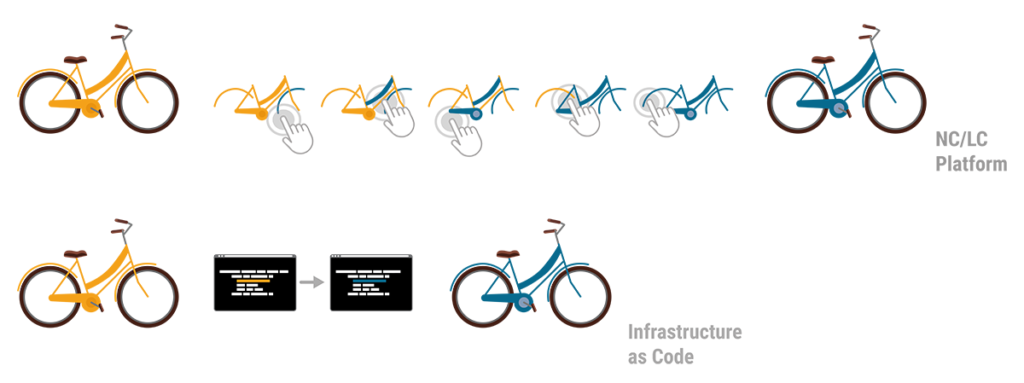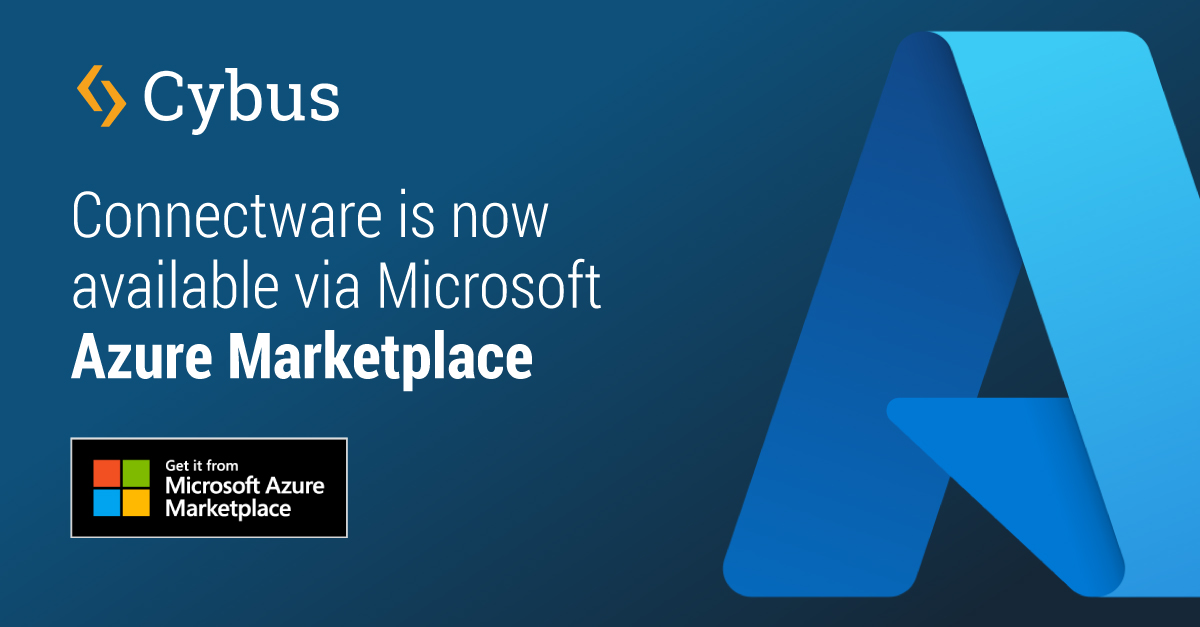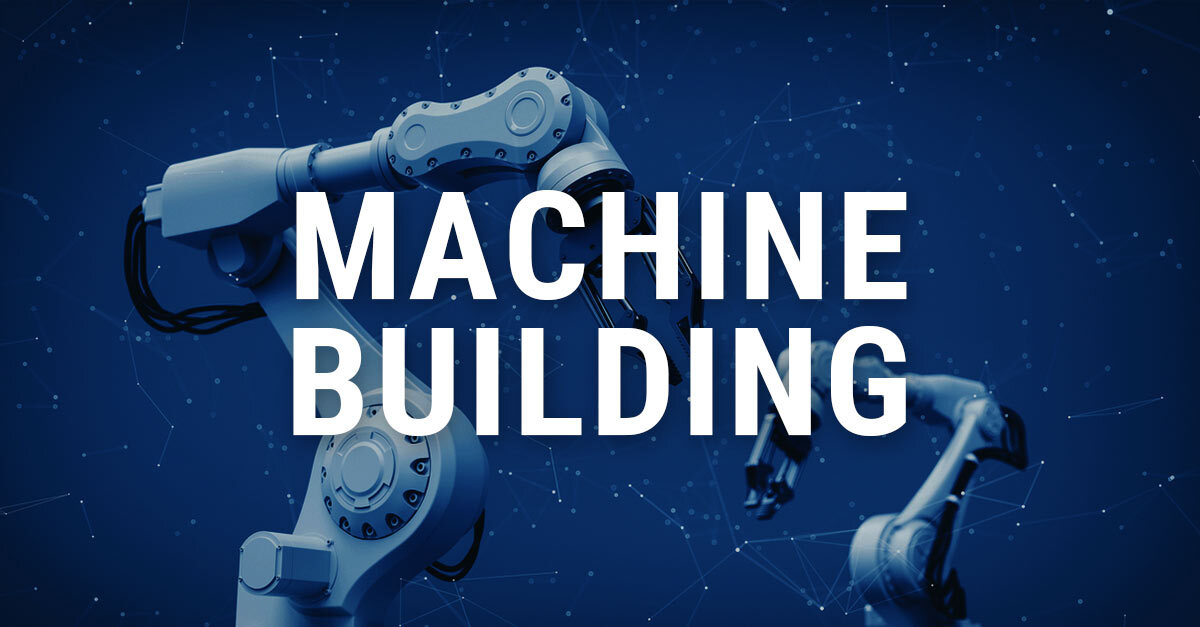What is Infrastructure as Code?
Infrastructure as Code describes the process of deploying and managing IT infrastructure through auditable configurations (e.g., YAML files) from a centralized repository.
Instead of installing devices manually, an Infrastructure as Code (IaC) environment collects and provides all details for setup and running a device over a network. This approach reduces management and maintenance efforts while minimizing human error at setup. Also, in cloud-based solutions and in clustering devices, IaC is a key element to improve scalability and a fast and reliable deployment of homogeneous systems.
What are the advantages of Infrastructure as Code?
Compared to No-Code and Low-Code solutions, the IaC approach unfolds its advantages especially for larger and more complex setups: Once a configuration file has been written, it can be applied to identical machines or assets in seconds. Implementing additional assets in this way is more than 95% faster than with a regular setup. Configuration files also enable automated rollouts. Here, too, the user not only benefits from speed, but can also rule out errors that would have been possible with manual implementation.
The IaC approach is cloud-native. It can be easily deployed with technologies such as Ansible, Kafka and Kubernetes.
Easily explained with Cybus Learn
The IaC-approach describes an entire infrastructure, needed for an IIoT use-case, in only one structured text file – often called the configuration or commissioning file. This file lists all of its components, called resources, and defines their specifications and interrelations in a standardized way. The commissioning file thus avoids time-consuming maneuvering of separate configurations or even scripts for each and all the different elements needed in a use-case. Everything is in one place, structured and standardized.
You might also be interested in
Industry news, recent news and valuable use cases
Best Practices from various industries
The success stories of our customers show how the strategic decision for a Factory Data Hub brings future-proof scalability.














